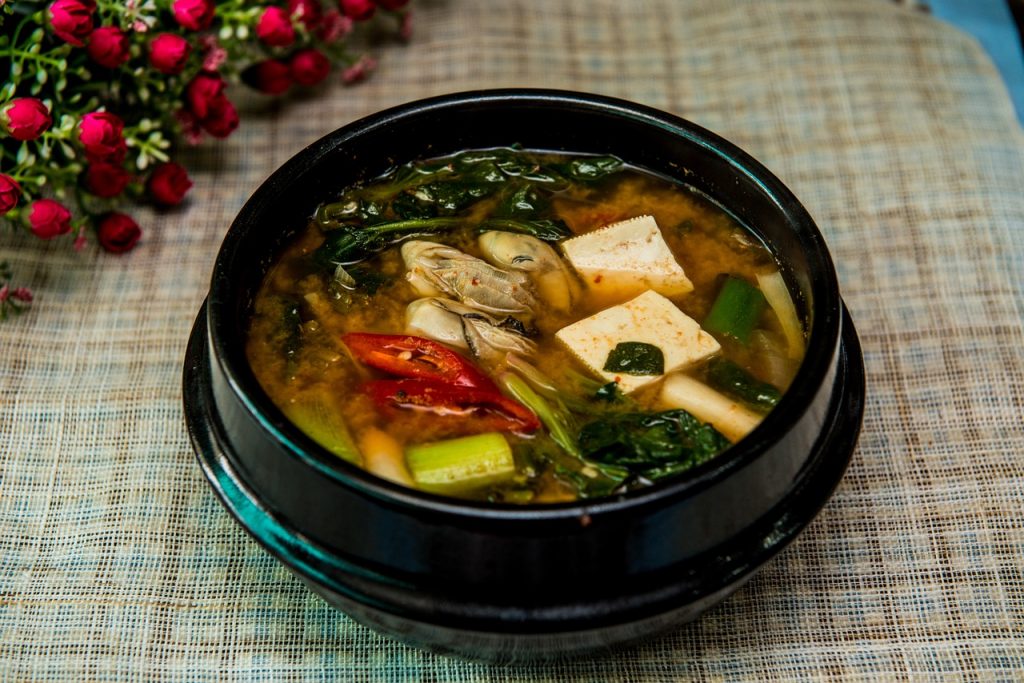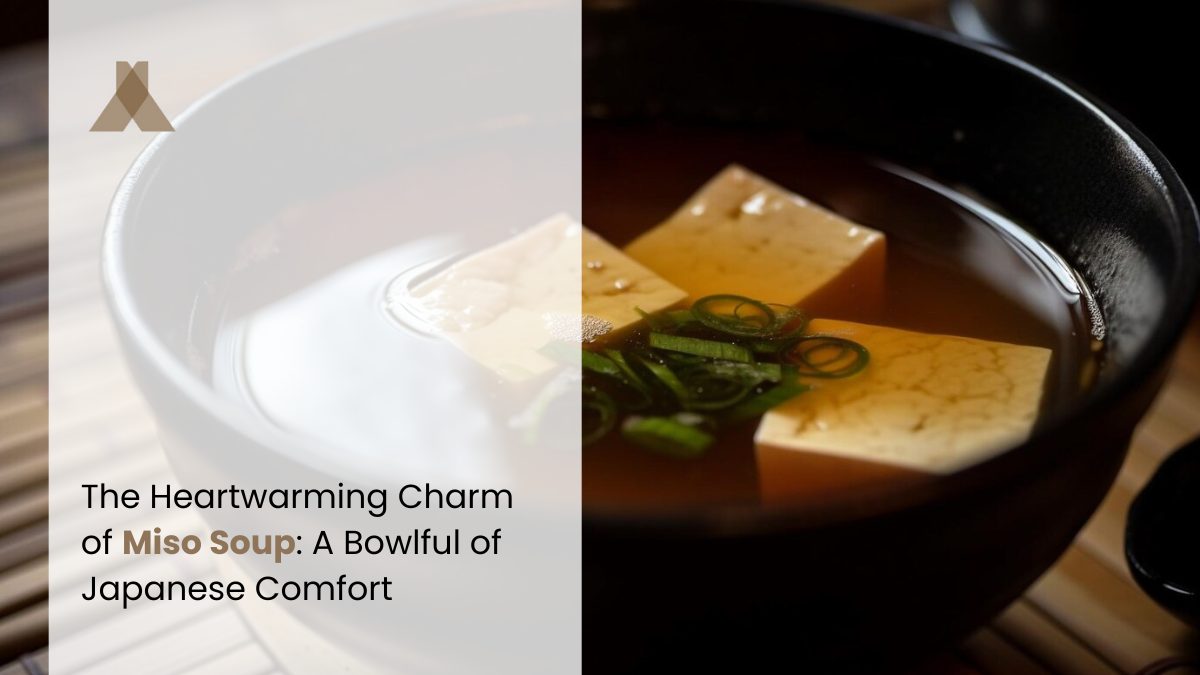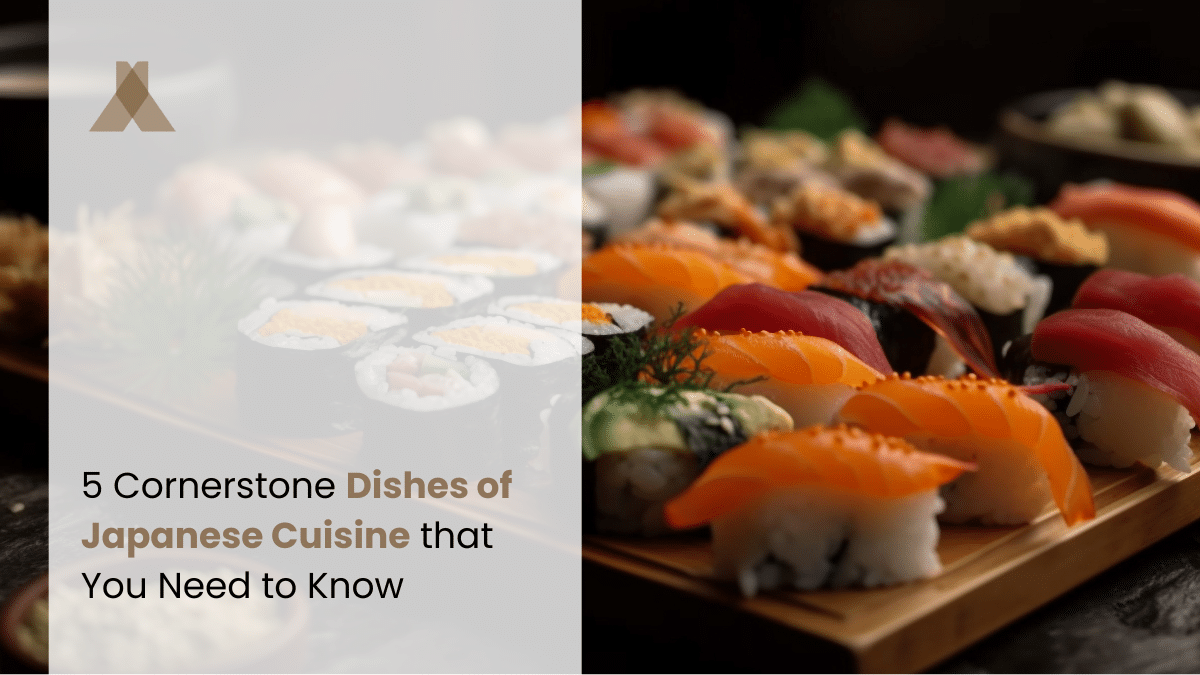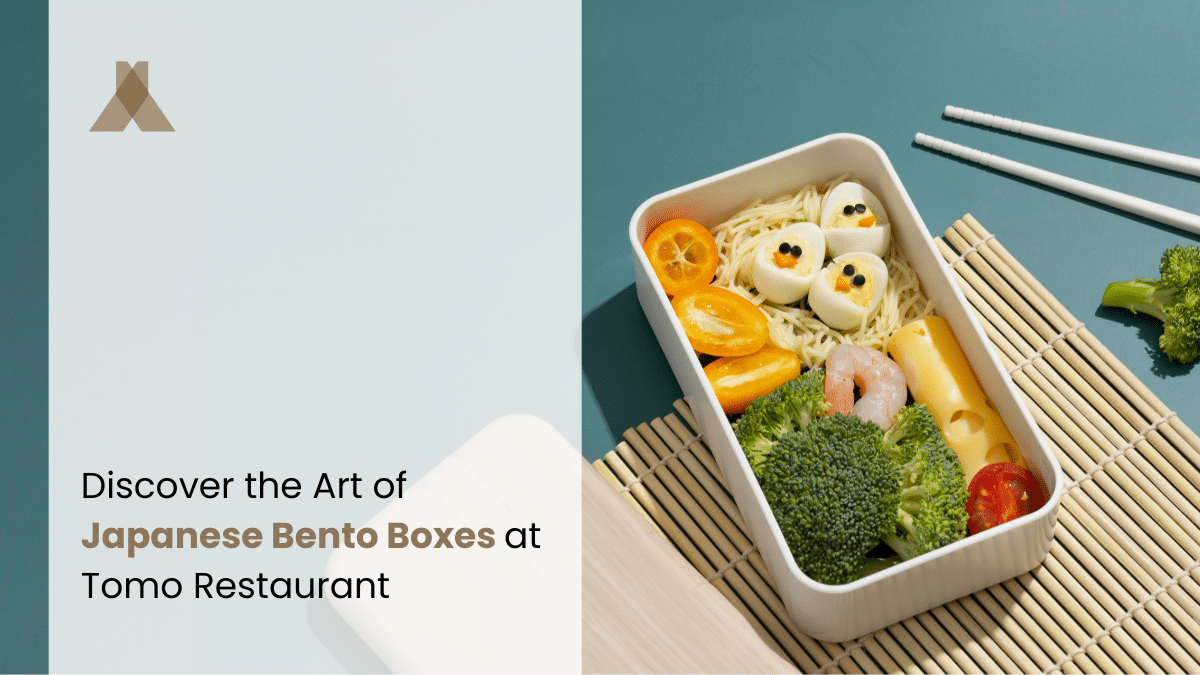We’ll take a delicious exploration of miso soup, a cornerstone of Japanese cuisine that weaves a rich world of flavor and tradition.
This timeless dish, more than just a simple soup, is steeped in tradition and rich in flavors that tell a story of Japan’s gastronomic heritage.
Introduction: The Essence of Miso Soup
Miso soup, a cornerstone of traditional Japanese cuisine, carries with it a rich tapestry of history and cultural significance. Originating centuries ago, this unassuming yet flavorful soup has evolved through the ages, becoming a daily staple in Japanese households.

The simplicity of miso belies its deep-rooted culinary heritage, a heritage that seamlessly blends the old with the new, retaining its classic appeal while adapting to the changing tastes and ingredients over time.
In the heart of Japanese daily life, miso soup basics function not just as a dish but as a comforting presence, akin to a warm embrace at the start or end of the day. Its basic components – miso paste, dashi (a flavorful broth), and various accompaniments like tofu, seaweed, and green onions – come together to create a harmonious blend of flavors and textures.
This deceptively simple concoction offers a glimpse into the soul of Japanese culinary traditions, making miso soup much more than just a food item; it’s a cherished part of Japan’s rich gastronomic narrative.
The Miso Mystique: Understanding the Key Ingredient
At the heart of this soup lies its defining component: miso paste, an ingredient steeped in tradition and bursting with flavor. This versatile paste comes in several varieties, each offering a unique taste and character to the miso soup.
White miso, known for its mild and slightly sweet profile, is perfect for those who prefer a gentler flavor. Red miso, with its robust and salty essence, caters to those craving a more intense taste experience. The mixed miso, a harmonious blend of both, strikes a delightful balance, making it a popular choice among miso soup aficionados.
The magic of miso paste lies in its fermentation process – a meticulous and time-honored method that transforms simple ingredients into a rich, umami-laden paste. This fermentation not only develops the deep, complex flavors of miso but also enhances its health benefits. Miso is a nutritional powerhouse, packed with beneficial probiotics, essential vitamins, and minerals. Regular consumption of miso soup can contribute to better digestion and overall well-being, making this humble bowlful a true embodiment of nourishment and comfort.
The Art of Crafting Miso Soup: Ingredients and Preparation
Crafting an authentic bowl of miso soup begins with its soul: dashi stock. This clear, yet flavor-packed broth is a fundamental element in Japanese cooking and the backbone of a classic miso soup.
Dashi, typically made from kombu (dried kelp) and katsuobushi (bonito flakes), imparts a delicate yet profound umami flavor. This depth of taste is crucial, as it complements and enhances the miso paste, rather than overpowering it. The art of miso soup lies in finding the perfect balance between the robust miso and the subtle, savory notes of the dashi.
Now, let’s dive into the heart of making the soup. Begin by gently heating your dashi – this is where patience plays a key role. Once it’s warm, dissolve the miso paste, being careful not to boil the mixture, as this can affect the flavor and health properties of the miso. Then, the creative part: adding ingredients.
Seasonal ingredients are key in the soup, allowing each bowl to reflect the time of year. Spring might bring fresh green vegetables, summer could see the addition of tender eggplant, autumn welcomes hearty mushrooms, and winter calls for comforting root vegetables. These variations not only add layers of flavor and texture but also keep the tradition of miso soup exciting and new with each season.
Cultural Significance: The Soup in Japanese Dining
In the world of Japanese dining, miso soup holds a place of honor, seamlessly weaving itself into the fabric of both everyday meals and special occasions. Traditionally served as a part of ‘Ichiju-Sansai’ (one soup, three sides), this soup harmonizes with other dishes, creating a balanced and nutritious meal.
Its warm, soothing nature complements rice, the staple of Japanese cuisine, and various side dishes, making it an indispensable part of a complete dining experience. This integration of the soup into meals underscores not just its culinary importance but also its role in fostering a sense of togetherness and well-being around the dining table.
In Japan, miso soup transcends its role as a mere meal accompaniment; it’s a symbol of comfort and home. For many, a bowl of miso soup evokes fond memories and a sense of nostalgia, akin to the comfort one might find in a grandmother’s cooking. It’s the first dish that greets you in the morning and the last to warm you at night.
Additionally, dining etiquette plays a subtle yet significant role in the consumption of miso soup. It is traditionally enjoyed directly from the bowl, savored in quiet appreciation, reflecting the Japanese value of respecting the meal and the ingredients that compose it. This level of reverence towards miso soup further cements its status as a cultural and culinary icon in Japan.
Beyond Borders: The Soup’s Global Journey
Miso soup’s journey beyond Japan’s borders is a testament to its universal appeal and versatility. Around the world, this humble Japanese soup has found a place in the hearts of international cuisine enthusiasts.
Its growing popularity is evident in numerous restaurants and homes, where miso soup is increasingly becoming a familiar and beloved dish. This global embrace is not just about the taste; it’s about the connection and appreciation of a culture through its culinary offerings. As miso soup integrates into various cultures, it becomes a culinary bridge, connecting diverse palates and traditions.
This integration has given rise to an array of fusion dishes, showcasing the adaptability of the soup. Chefs and home cooks alike have begun to experiment, blending traditional miso soup elements with local ingredients and flavors, creating innovative and exciting new variations. For instance, one might find miso soup with a Mediterranean twist, incorporating ingredients like olives and feta, or a Latin American version featuring cilantro and spicy peppers.
These fusion adaptations highlight miso’s versatility while respecting its origin. For those looking to personalize miso soup, the key lies in understanding the fundamental balance of flavors in the soup and then thoughtfully incorporating elements that complement its rich umami base, thus creating a dish that is both familiar and refreshingly new.
Conclusion: Embracing the Warmth of Miso Soup
Miso soup, with its humble ingredients and profound flavors, encapsulates a culinary experience that is both deeply traditional and endlessly adaptable. This quintessential Japanese comfort food, cherished for its soothing warmth and rich umami profile, is much more than just a soup; it’s a testament to Japan’s culinary ingenuity and cultural heritage.
Each sip of this soup is a journey through the intricate balance of flavors and textures, making it a dish that resonates with people across the globe. Its versatility allows it to be reinvented time and again, while always retaining the essence of its original charm.
As we conclude this exploration of the soup, it’s an invitation to readers not just to taste but to experience and appreciate this culinary marvel. Whether it’s your first encounter with miso soup or you’re a long-time admirer, there’s always something new to discover in its depths. The enduring appeal of miso soup lies in its ability to adapt to the changing seasons, incorporate diverse ingredients, and fit into various meal contexts while always providing that comforting embrace.
So, let’s raise a bowl to this soup – a simple yet extraordinary staple of Japanese cuisine, waiting to be savored and celebrated in kitchens and dining tables around the world.





